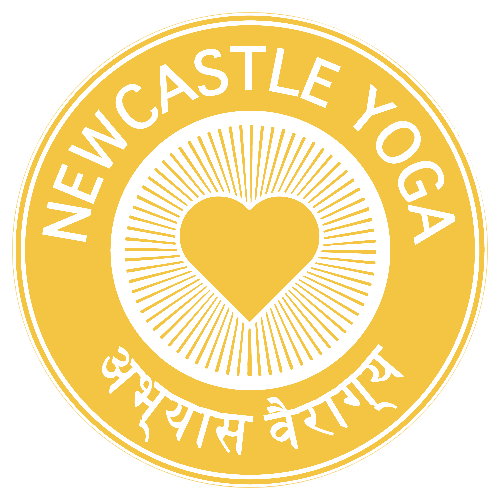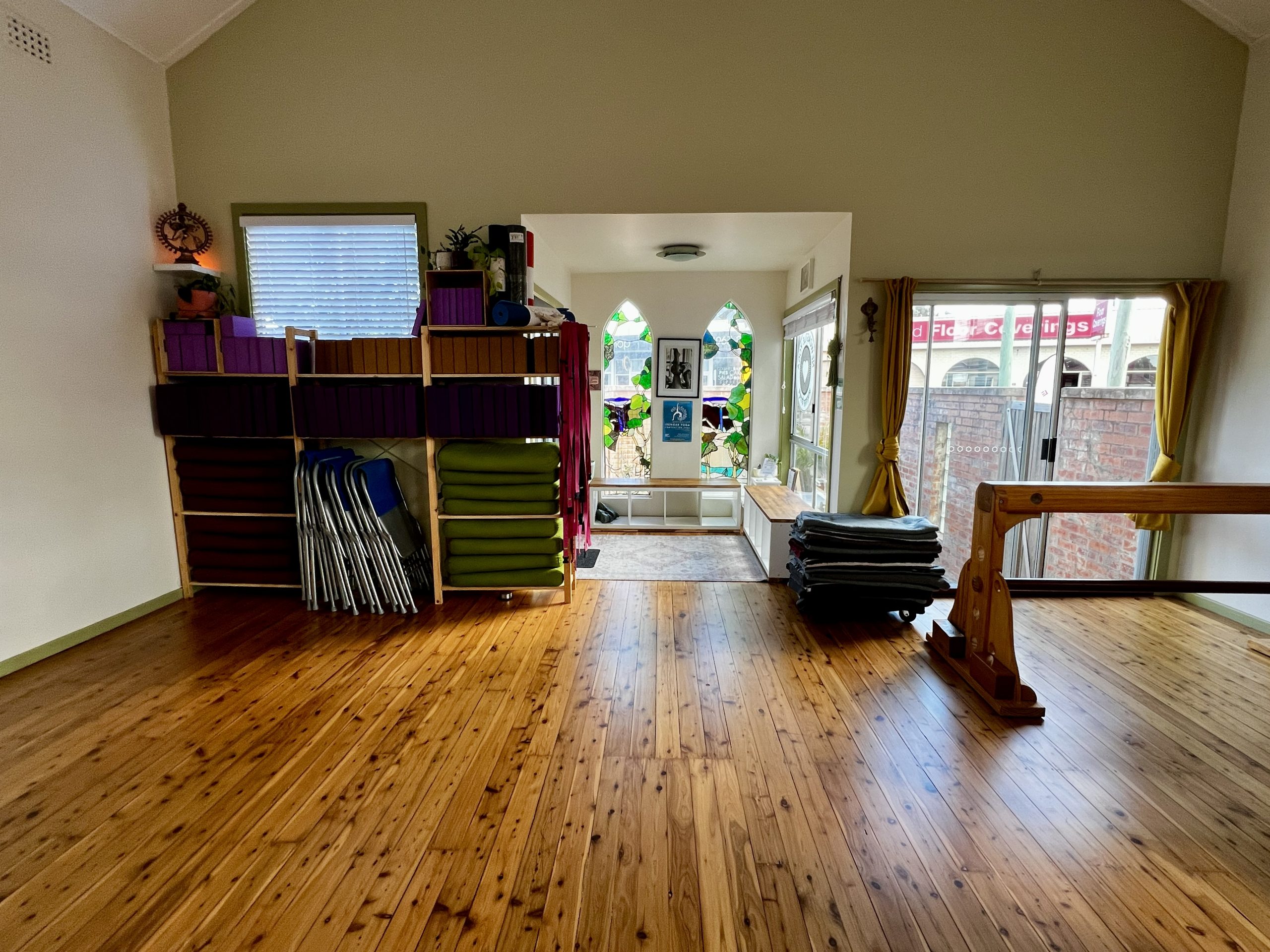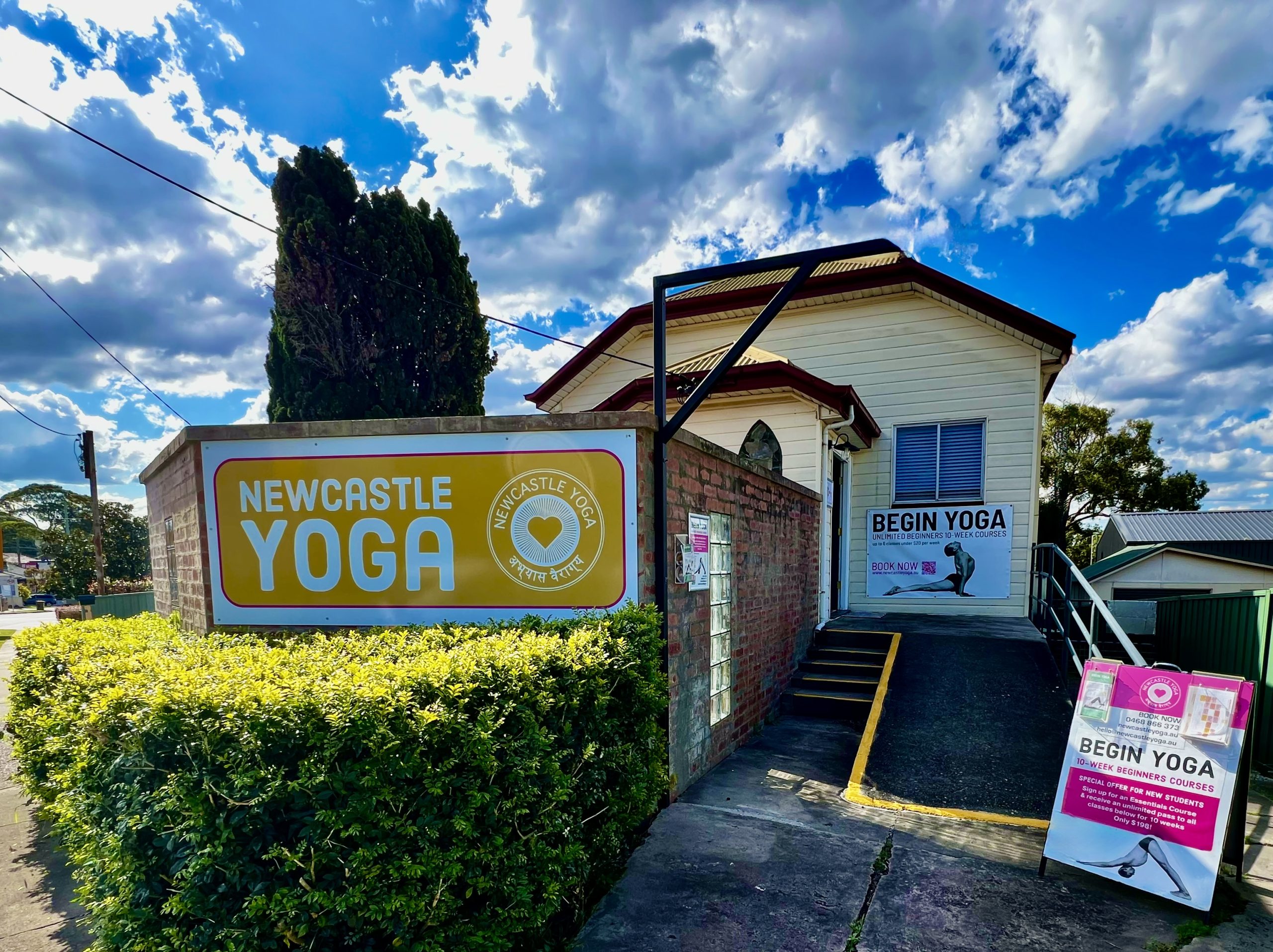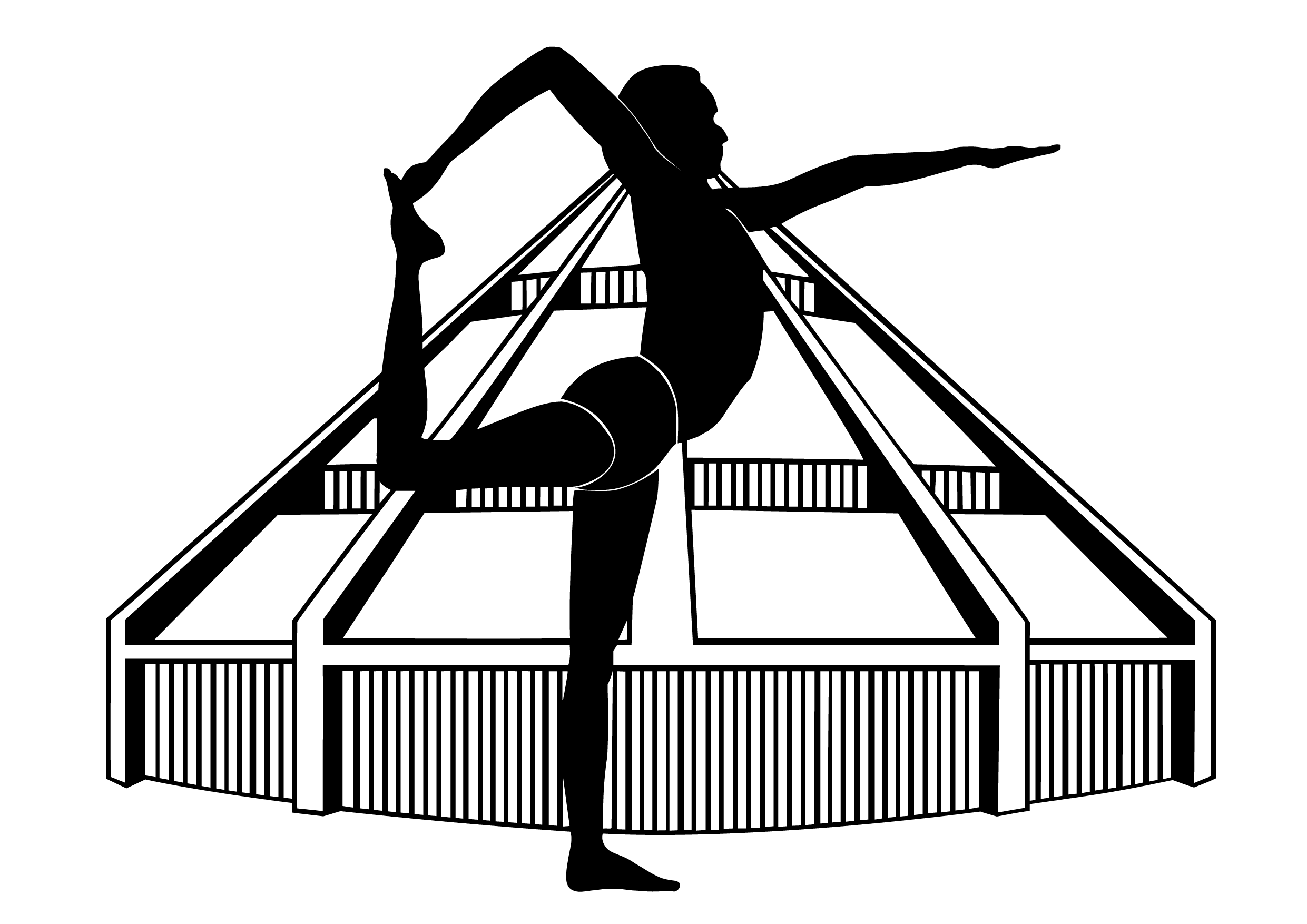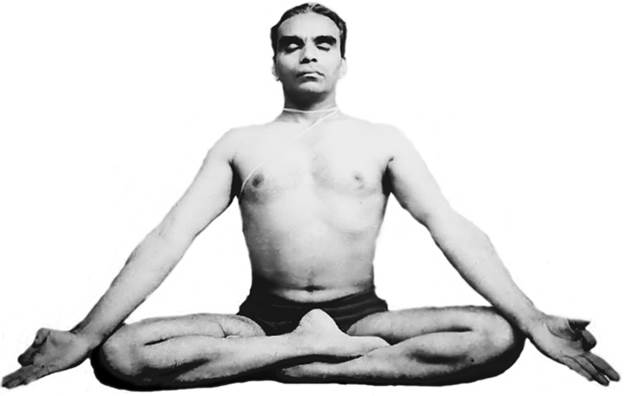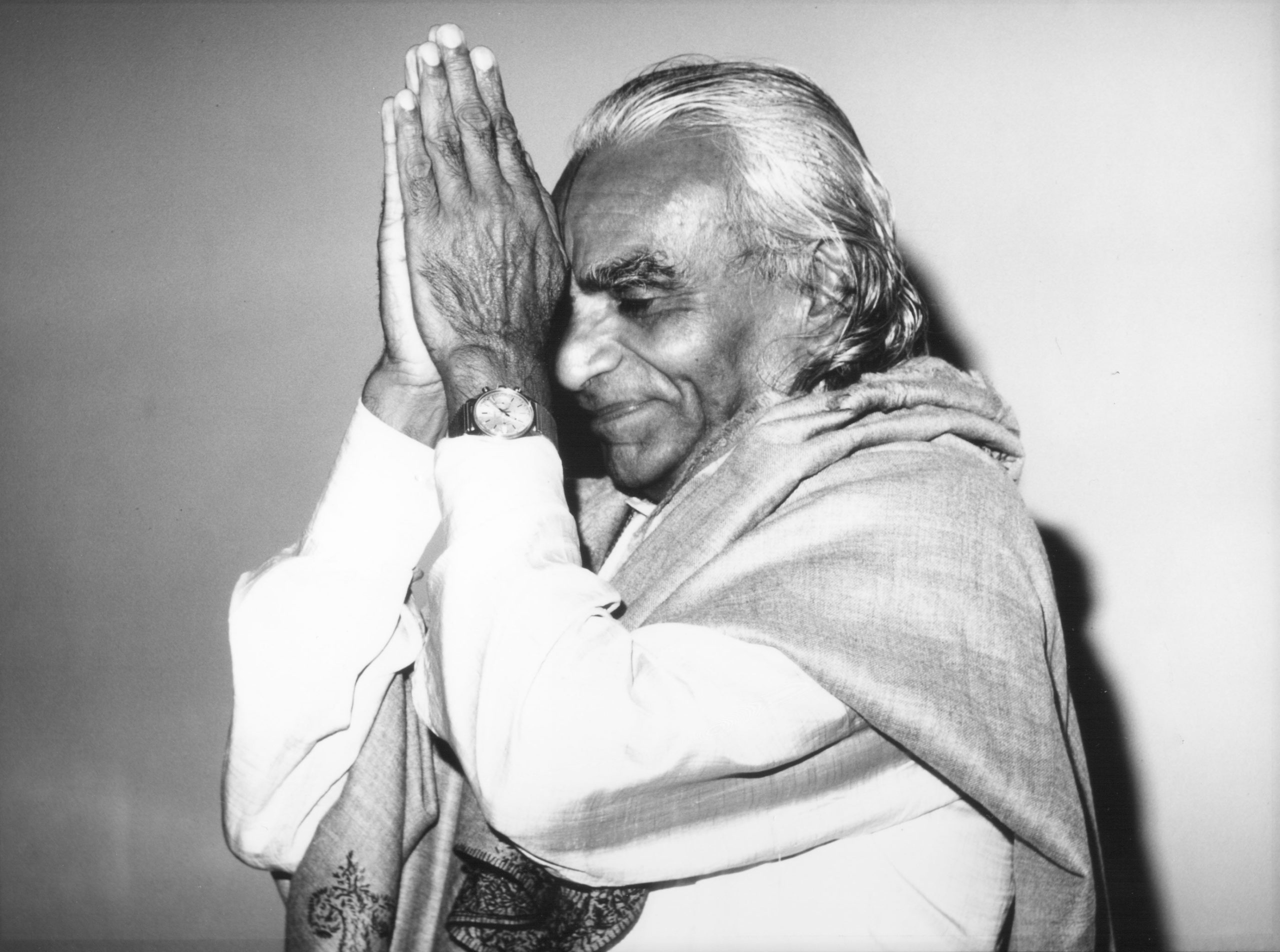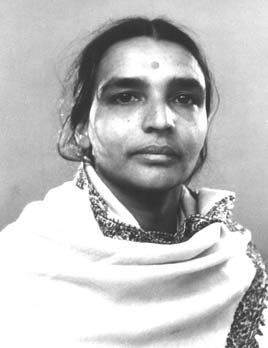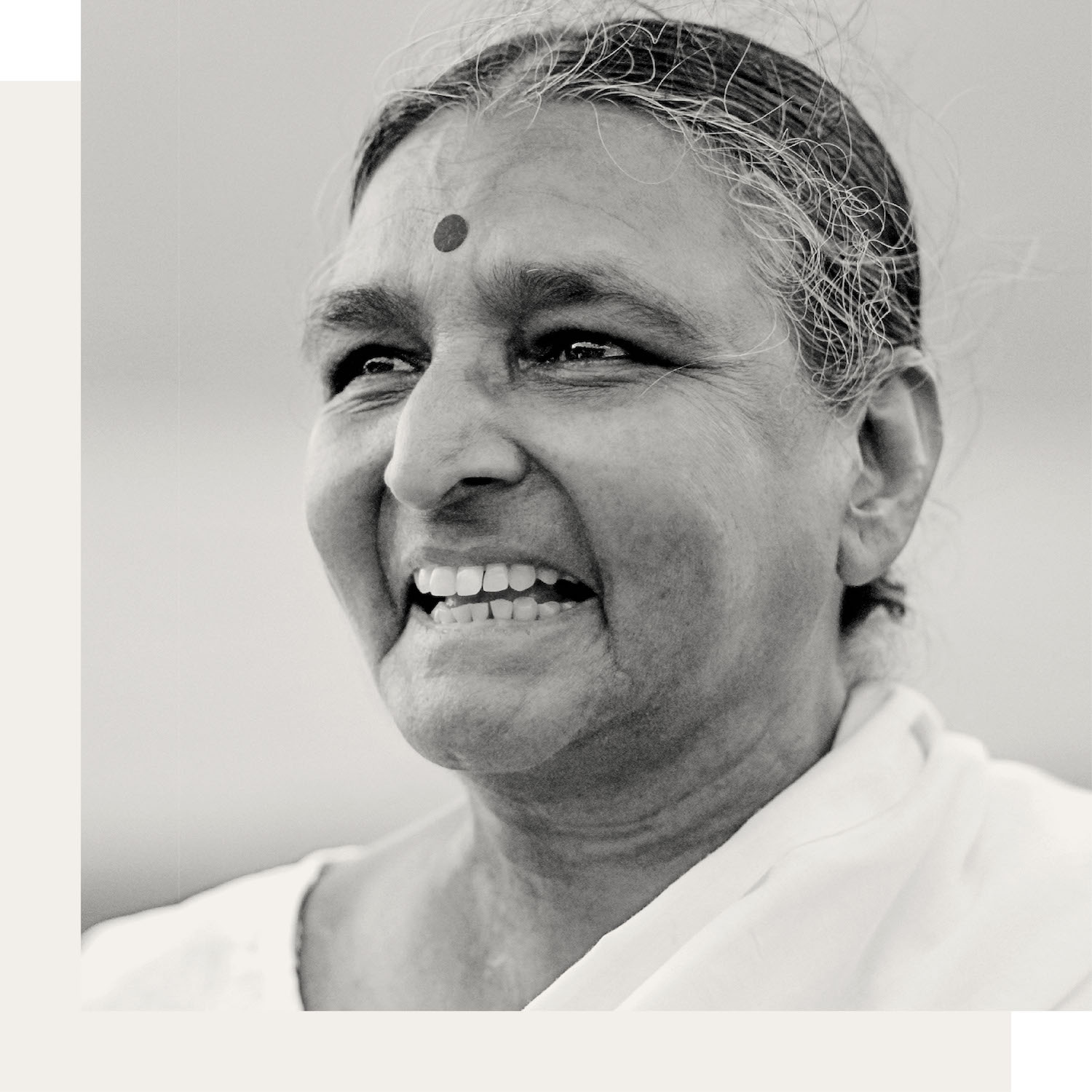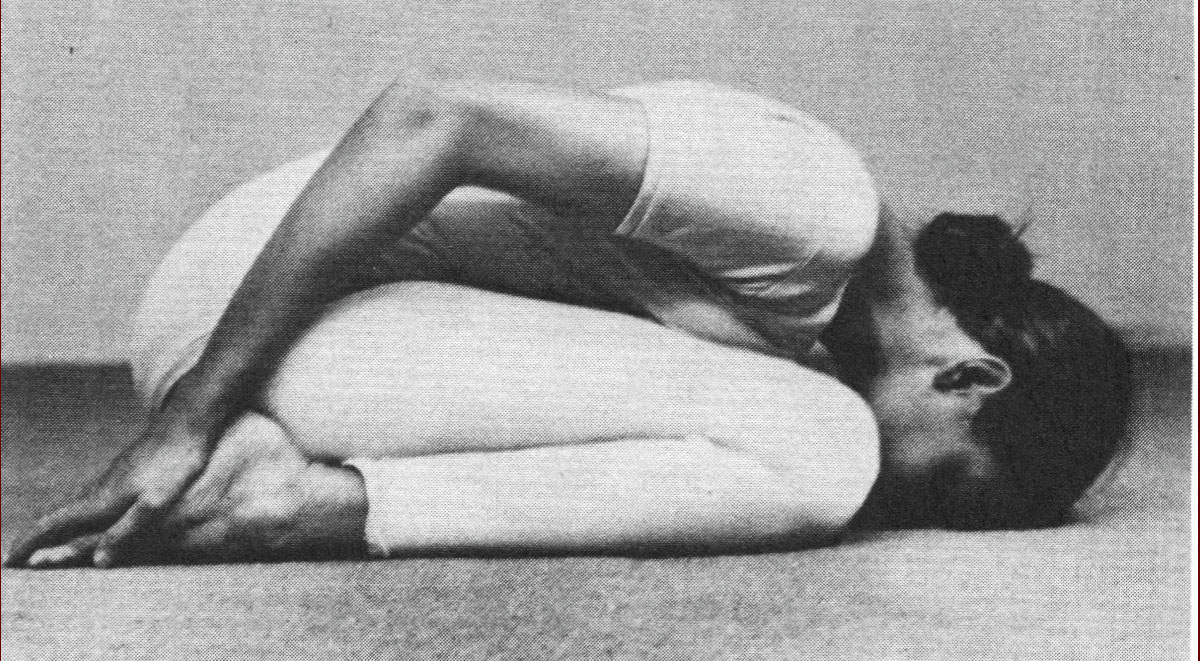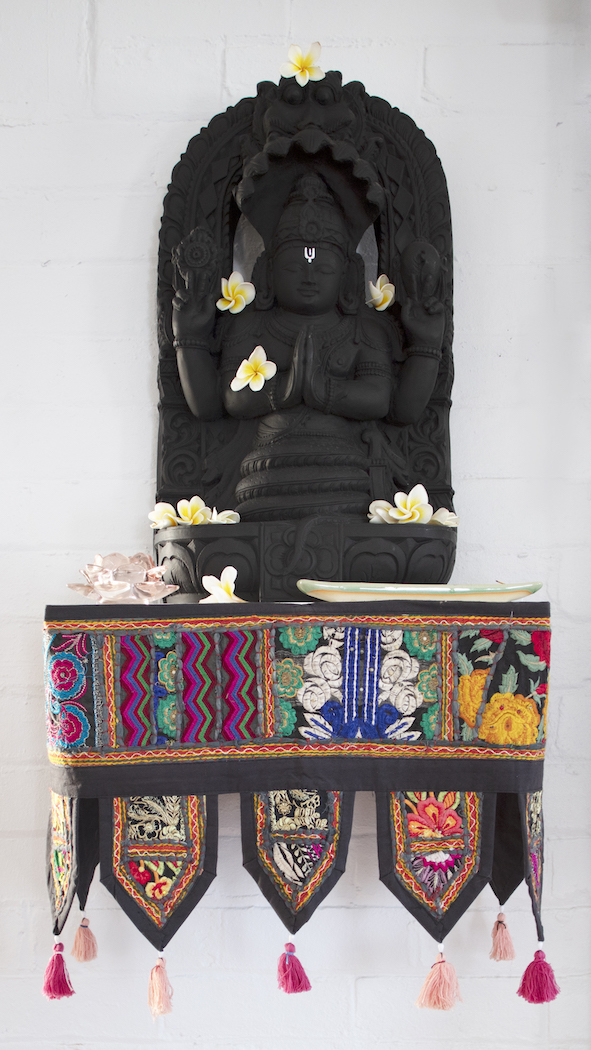
Our Community
Community is a living expression of unity and it sits at the heart of who we are and all we value. We have a kind, supportive welcoming community of students and teachers. Many friendships have formed over coffee after classes, and we hold regular school social get-togethers. Stay tuned by subscribing to our newsletter (see below) and checking the News and Events page for upcoming social events.
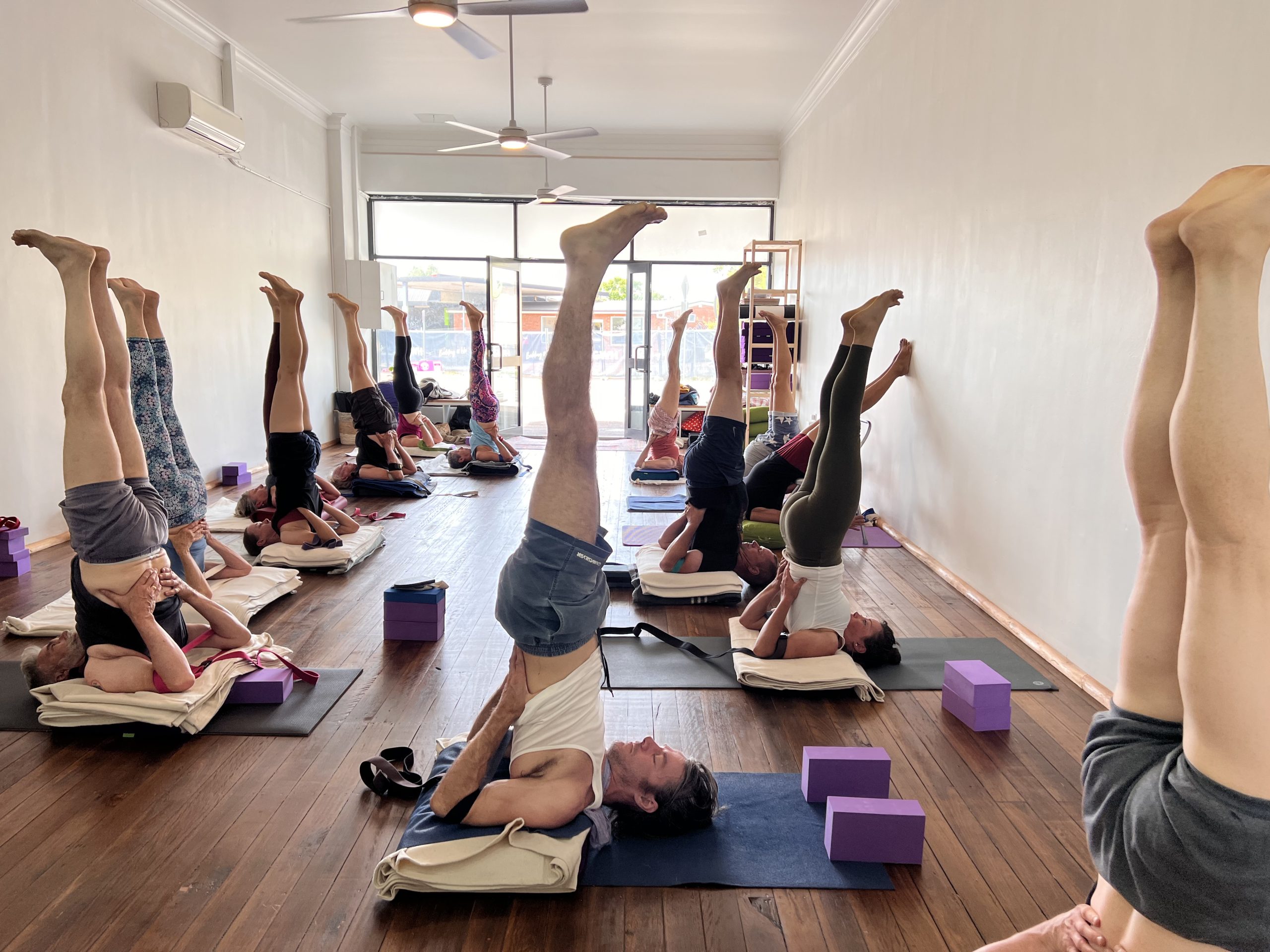
Our Facilities
We moved into our beautiful, freshly renovated yoga-dedicated studio at the end of 2024. Originally a church hall it has a spacious feel, with high ceilings and plenty of natural ventilation and light. There is gorgeous timber flooring, as well as split-system air conditioning and ceiling fans.
Warm in winter and cool in summer, it is a lovely comfortable place to practice yoga.
There is a space for changing, and shower facilities.
Plenty of free parking is available close by although you may need to allow a few extra minutes during business hours to park in a nearby street.
Nearby stops for bus routes: 12, 24 & 27. Bus Routes
The studio is fully equipped with everything you will need for your class.
Our Team of Teachers
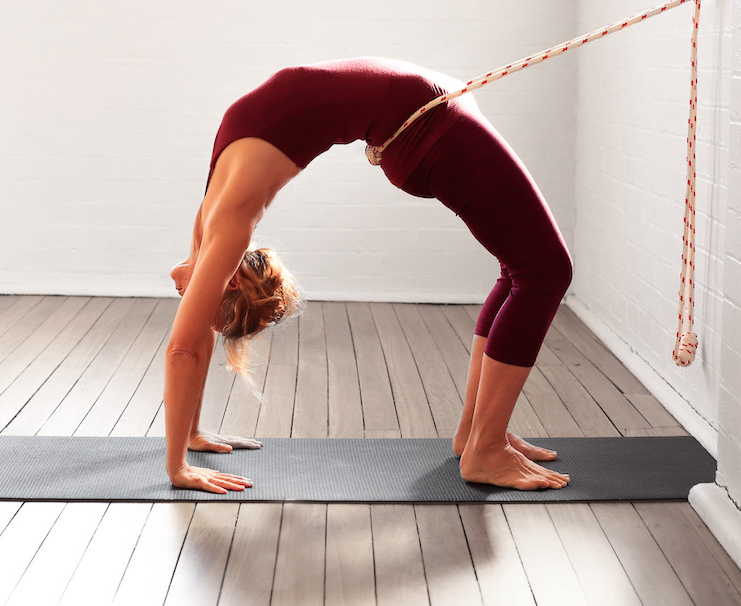
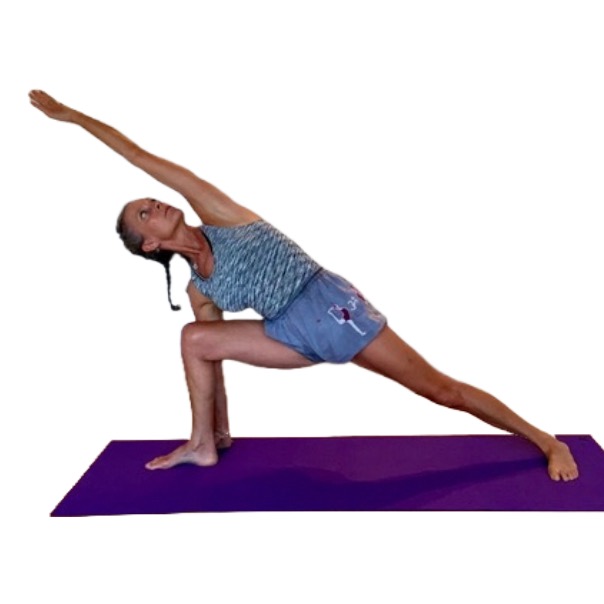
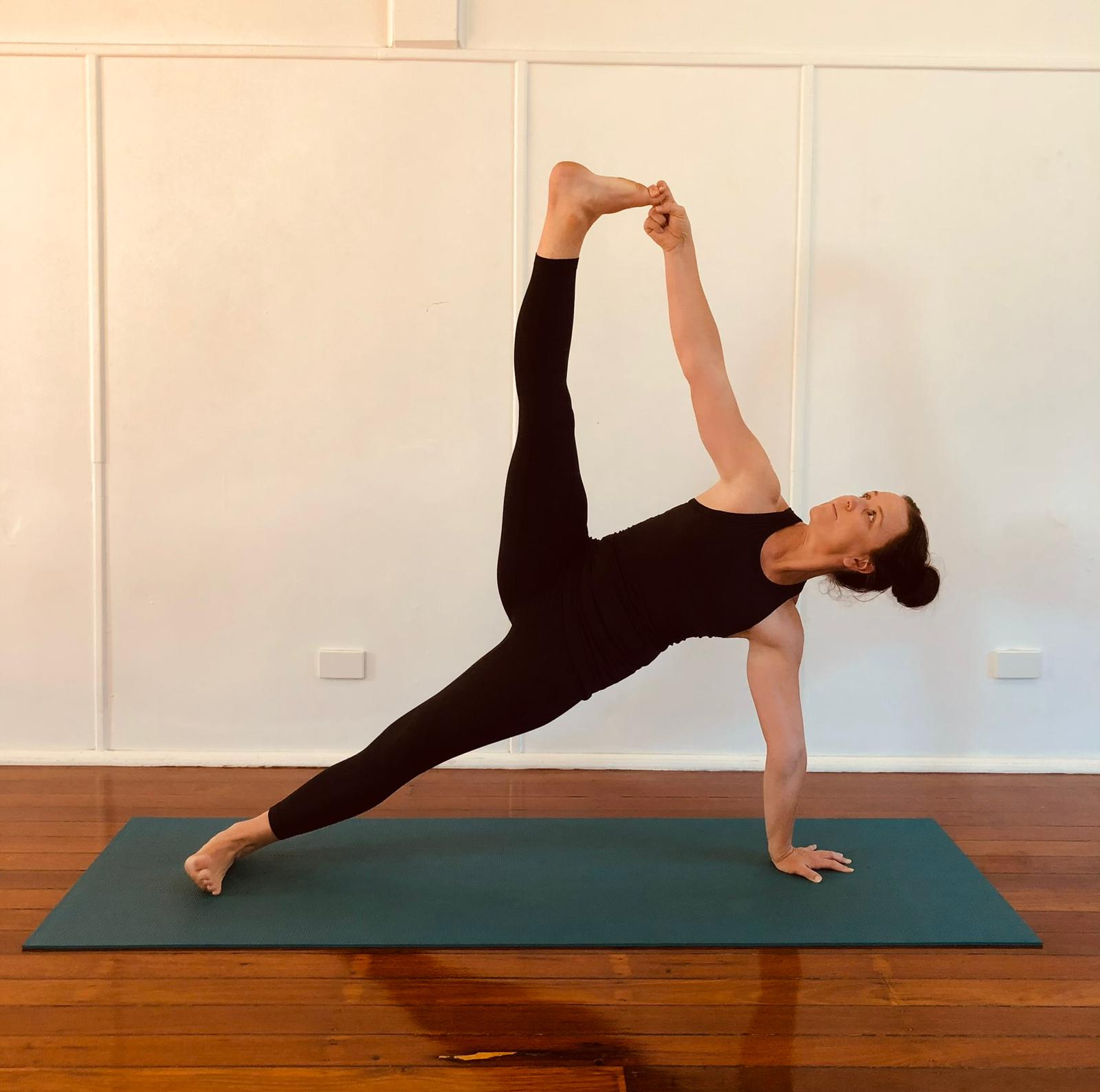
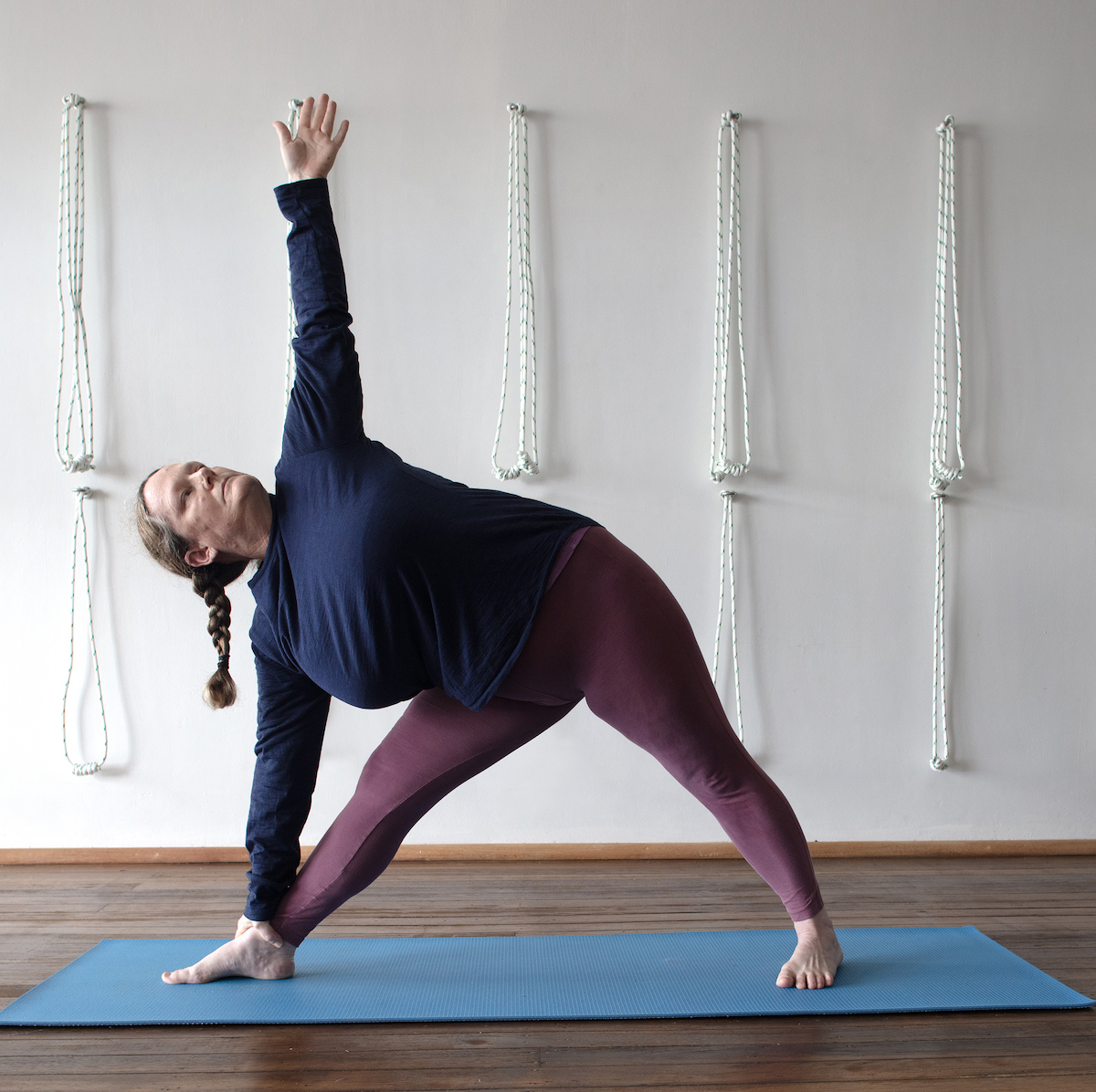
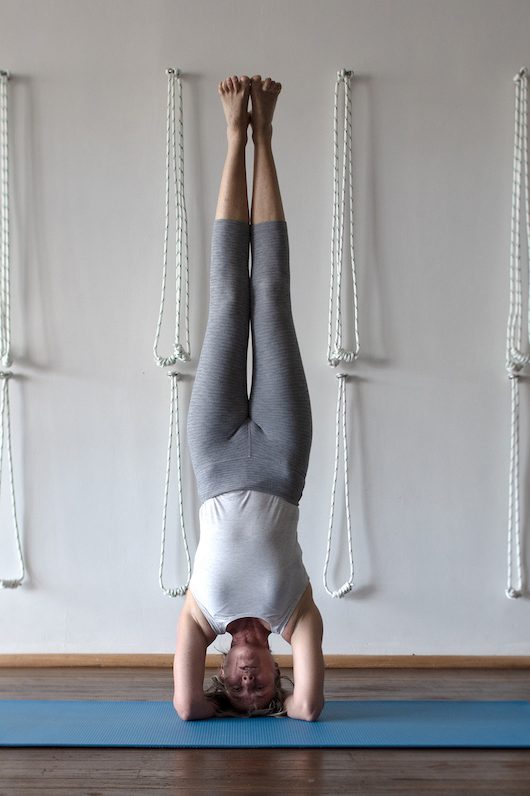
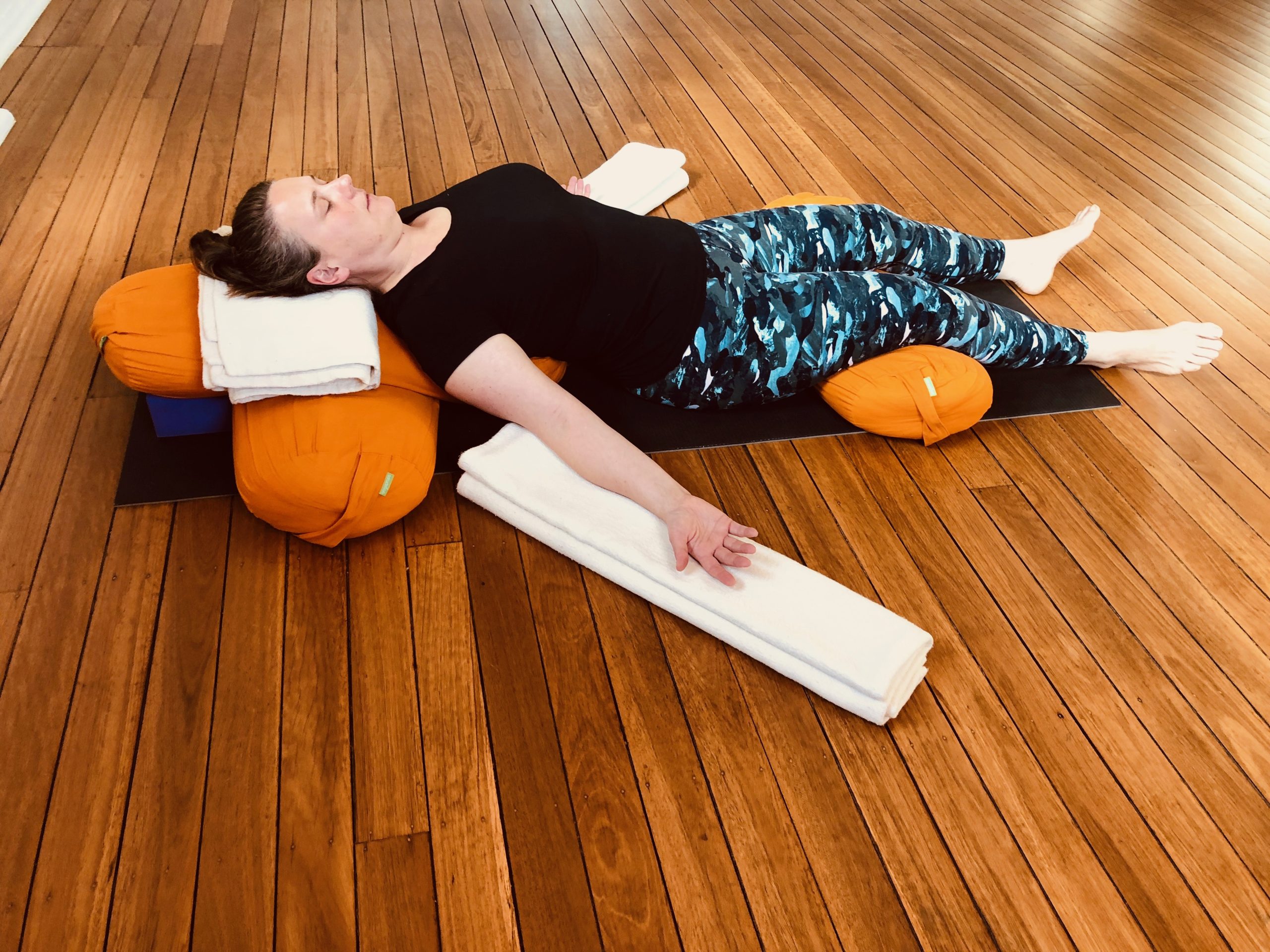
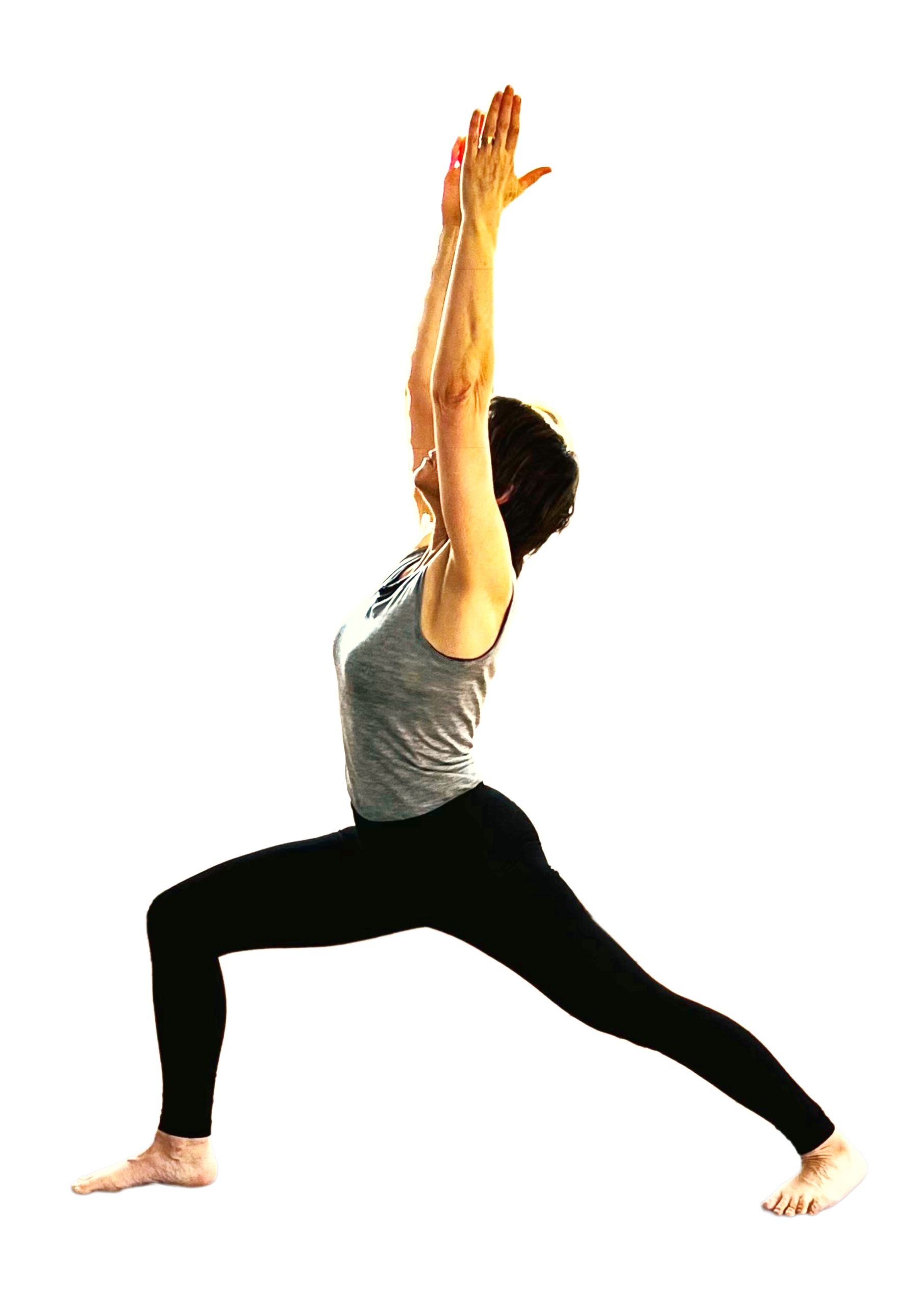
Frequently Asked Questions

Do I need to bring anything with me to class? Do I need my own mat?
Most importantly, bring yourself. ♥
If you are a new student we will provide everything you need. We have heavy duty studio yoga mats you can borrow, but we recommend that you purchase or bring your own once you have decided to continue attending after a term. We have cheap, good quality light weight mats, as well as studio mats (Sadhaka mats from iyogaprops, for the mat officionados) for sale at reception.
Once you have committed to regular attendance you may feel more comfortable using some of your own personal equipment. A mat, yoga strap & 2 foam blocks, (and for home, 2 of the sturdier yoga blankets comprise a good little kit for class and home practice.
Wear loose comfortable clothing that allows you to move freely, such as leggings or shorts.
Why do you run courses?
We see ourselves as being more like a place of learning than a gym or a salon. We have a curriculum structure and content. There is plenty of scope for a teacher’s individuality and creativity within this structure, but it ensures that the most important topics are covered when they are most relevant. It also ensures that all students in the school learn the poses important to progress and prepare for the next level.
Courses offer a structure to students, who then find it easier to commit and attend regularly. These are the students who benefit the most from yoga.
New students can find it more difficult to commit until beginning to really experience the cumulative positive effects and seem to benefit most from a more structured program.
Can I do yoga? I am old/ stiff/ injured/ feel hopeless?
Yes. Lucky for you our teachers are highly trained and experienced, and have taught many who were older, stiffer or more injured than you.
Also the kind of yoga we teach (Iyengar) is renowned for being adaptable and inclusive.
Please let us know if you have significant injuries that will affect your capacity to participate, and we will help you to find a pathway to progress.
What happens in the Foundations Yoga Course?
There is not much sitting around! You are introduced to the actions and the essence of asanas (yoga poses), which are intertwined.
The class usually starts with a supported pose to soothe the nerves and settle yourself in.
Standing poses
The standing poses are introduced progressively and make up the main component of the classes at this level. Poses such as Trikonasana (Triangle pose), Parsva Konasana (Side-angle pose) and Virabhadrasana (Warrior pose) are perfect to learn the correct leg and shoulder actions for balanced alignment.
Standing poses will safely build your strength and mobility, improve balance, and are energising, challenging and fun. (They are preparatory for advanced poses too)
Sarvangasana (Shoulder-stand) is introduced, and no one else teaches shoulder stand as Iyengar teachers do. There is a very gradual progression, building up to stay for a longer period. Some students will stay with wall support, and some will be balancing independently by the end of the course. (please don’t panic – your teacher will guide you and has heaps of alternatives, hacks and tricks for people with injuries and other health issues)
There are some quietning floor poses to transition calmly into a guided Savasana (Relaxation Pose) for the end of the class.
Skill comes with practice, as in other arts such as music. It is the only way. So classes give an opportunity for you to repeat, consolidate develop and progress.
Can I come casually to the Foundations course?
Yes. You can purchase a single class or a 10-class pass online or through reception. Please arrive 10-15 minutes before your first class to meet your teacher and register.
Once you have purchased a pass please contact us at reception to book, as students cannot book themselves into casual “Essentials” classes
Courses offer a structure to students, who then find it easier to commit and attend regularly. These are the students who benefit the most from yoga.
If you decide after your first casual session that you would like to commit, let us know. We will deduct your class payment from the Course fee.
How long are your classes?
Doors open 15 minutes before class start times.
Foundations: 60 minutes
Developing: 75 minutes
Experienced: 90 minutes
What are 'adjustments'
Hands on ‘adjustments’ are an important aspect of Iyengar Yoga instruction.
Teachers use physical touch on occasions as an effective aid to complement verbal instruction and visual demonstration. New beginners are given space to settle in and are seldom adjusted.
Consent
Please let your teacher know or email us if you have questions or are not comfortable with being adjusted. We are happy to discuss and will of course respect your concerns.
Being Adjusted
Your teacher will give you an adjustment if they estimate you have the capacity to experience or understand more whilst in an asana. It is not a “correction’ and doesn’t indicate that what you are doing is incorrect.
Touch helps to focus attention or bring clarity to an action where words or a demonstration might not. For example if a teacher presses you on the trapezius it can help to feel tension in the neck, as opposed to thinking about the tension there if you hear an explanation. It can be a very effective aid to learning via direct experience.
Why are classes longer than at other yoga centres?
We can’t rush yoga. There is vast content to cover and you are developing skills that require practice and repetition.
Competency and confidence take time and effort
A slow cooked meal is far more nutritious and satisfying than a hastily thrown together snack…
We are not aware of time passing when mind is absorbed in action. We experience a state of timelessness.
Why do you only have one type of yoga?
Iyengar Yoga is a very comprehensive method. We know that advanced practitioners need skills across a wide range of practices, and Iyengar yoga covers that range in more depth than most.
Each class is a journey skilfully conducted to take you from the busy exterior to a quiet place within.
It is founded in a lineage that connects to classical yoga, and the yoga sutras of Patanjali.
You could spend a whole lifetime exploring in this method, and still have more to learn.
Our teachers have the skills to adapt sequences and poses for everybody who is keen to learn.
We don’t need to look for variety beyond Iyengar Yoga, because it contains such breadth and depth of content.
Is your method ‘easy' or ‘hard’ yoga?
Easy, Hard, Both, Neither.
Classes can be quite active, and physically challenging. But if you are injured, or stiff, then we can show you alternative ways of working.
The ‘hard’ part usually relates to our perceptions and expectations, our self-talk, our ideas about ourselves, and what we think we should be, or shouldn’t be doing.
Our experienced teachers aim to create an environment that encourages all students to safely explore their limits. Enter the school at the right level so you can learn the techniques to proceed.
How are you different from all the other types of yoga?
Training
Our teachers train over years (not weeks)
Our senior teachers train over decades (not years)
There is a rigorous assessment process, run by a national body, not a signing off process by the trainer.
Our students tell us that they like it how we actually teach them how to do the poses, which they tell us does not always happen in other methods.
Iyengar Yoga Australia
We have a national body concerned with upholding the highest standards of teaching, and dedicated to promoting the teachings of BKS Iyengar.
Beginners and beyond
We have a highly developed, tried and tested curriculum for introducing beginners to the most useful and accessible poses. Intensely keen students who apply themselves can develop quite quickly and move up through the levels. Students of regular intensity can work and develop at their own pace, benefitting from working with awareness and intelligence regardless of which level they are at.
Practice
We have a culture of practice, which we aim to cultivate in our students. This means not just turning up to classes, but self-directed learning. (Some other older methods, such as Ashtanga, also have this culture)
We teach from our practice which is a hallmark of the Iyengar method.
Investigation and self-study are part of our discipline of practice.
Method
It is a rich method. Part art and part science, it balances the body, mind and breath.
Our range of practices is broader, and more adaptable for all bodies and abilities, than most other methods.
The method is perfect for avoiding and preventing injury as well as for people with injuries. Physical and psychological balance is enhanced as there is an emphasis on anatomical alignment.
We don’t mix in other stuff. We find yoga to be a complete system in itself.
Lineage
We teach Iyengar Yoga (eye-en-gar). It is a name, not a brand.
BKS Iyengar was instrumental in helping spread yoga from India to the rest of the world.
He developed a method of yoga that is inclusive, intelligent, and founded in the Yoga Sutras of Patanjali, dating back around two-thousand years.
We have senior teachers with many decades of experience in teacher training, mentoring, assessing, practicing and studying with the Iyengar family in Pune, India.
Syllabus
There is a syllabus of asanas for teachers and students. There is a sense of progression in asanas.
In our syllabus, we explore the links. Links between actions in poses. Links between asanas. Links between body parts. Links between mind and body, breath and body, mind and breath, etc… Yoga means union, after all.
Do you have a teacher training course?
Our level 2 and 3 teachers can mentor trainees. This is conducted more like an apprenticeship than a course and is for those with a minimum of three years Iyengar Yoga Experience. Currently Amanda is mentoring trainees.
Anyone considering teacher-training needs to demonstrate a willingness to be a student first, a preparedness to learn and a capacity to practice. This is a requirement of all Iyengar teacher trainees worldwide.
After teacher training (300 hours + 100 hours observing/assisting/adjusting) there is an assessment conducted by the Iyengar Yoga Association of Australia.
Please attend at least 6 months of classes with us before enquiring about training.
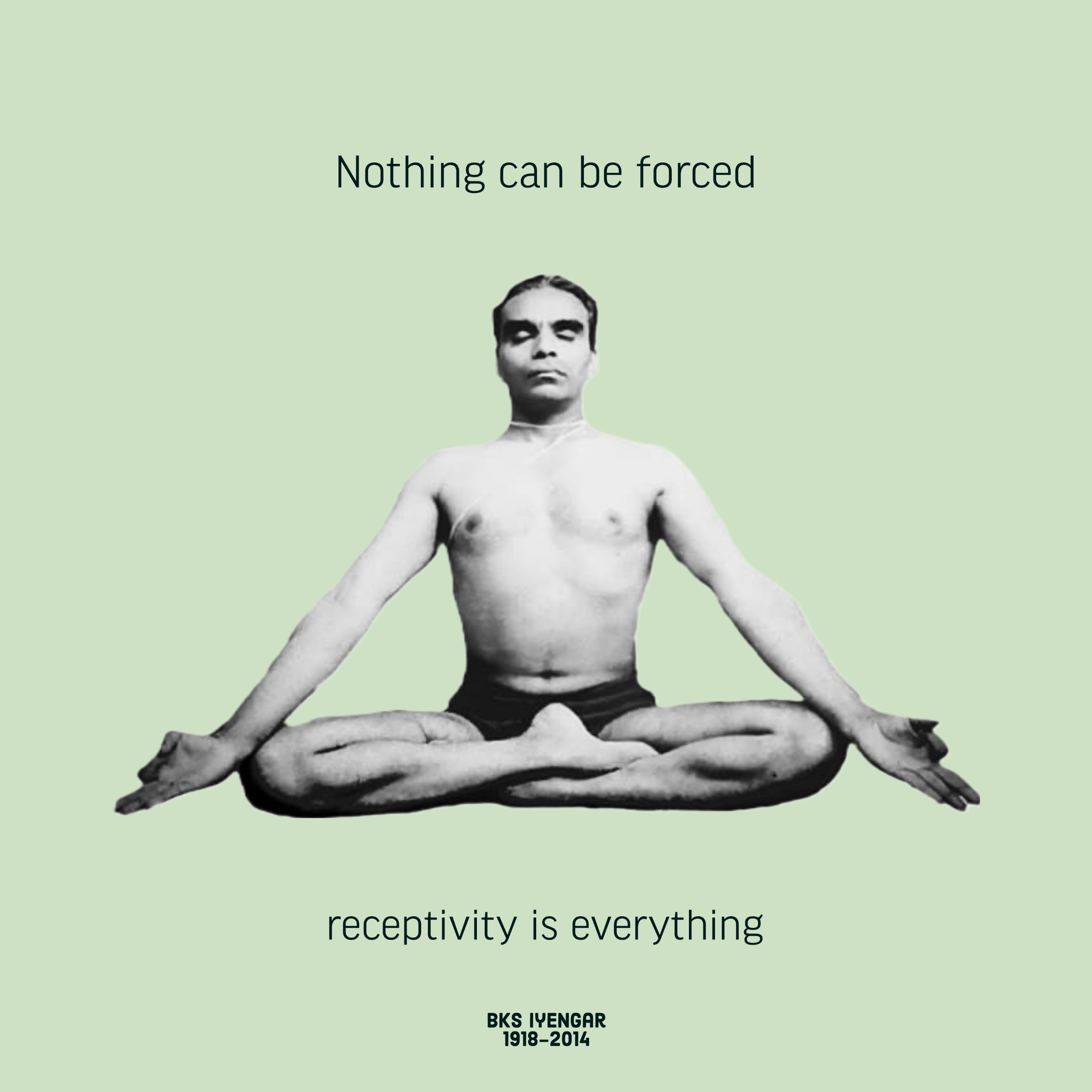
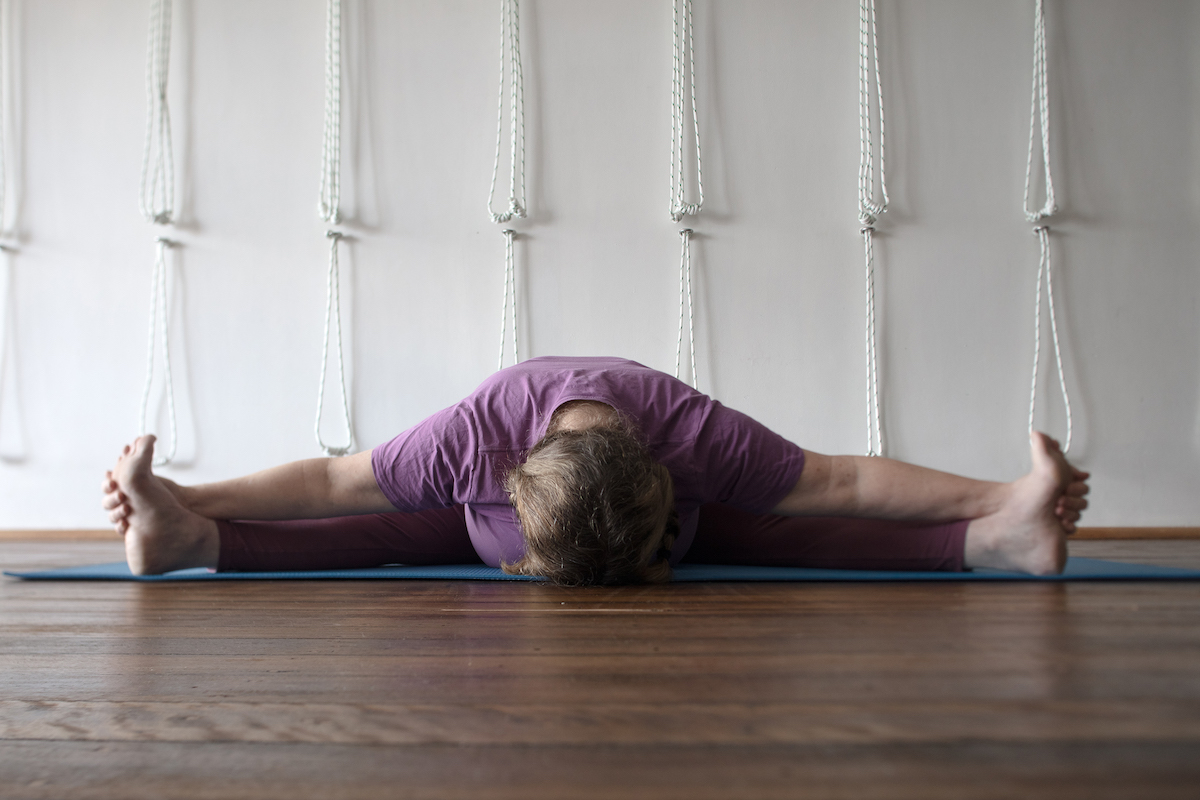
What does UNLIMITED mean in your Foundations course? How often should I attend?
We currently have 3 classes a week purely dedicated for students who are new to yoga. If you enrol in the 10-week unlimited course, you can attend as many of those classes as you desire.
You should attend at least once a week, for continuity and progression through the syllabus. This is what most students do. Some students are extremely keen and come 2 or 3 times a week. We encourage you to come as often as you can. We are passionate and enthusiastic and love to share our subject with others who are also passionate and enthusiastic.
Why do you have levels for your classes?
We offer classes at 3 levels, because with time and dedication, our students learn and progress. At some point they need to go up a level, to be inspired by the other students already there, to be further challenged by the syllabus.
In mixed level classes the beginners miss out on the basics, and the experienced students get held back.
This means everyone can learn at their level, and as it provides a great learning environment our teachers and students prefer it this way.
Do you have an area to change?
There is a roomy change area, shower and toilet.
I am scared of doing Led Practice, what is it?
Led practice helps students gain confidence and skills to practice without a teacher present. Students come together once a week. They are led through a sequence of poses by another student who has volunteered.
Poses that have been learnt in classes are practiced without instruction.
It isn’t scary, as the poses are familiar from class, and the leader does the poses with the group as they call the poses names. This provides the visual cues to follow.
Led practice is open to all students who attend regularly. This means those on memberships or enrolled in a course. Led practice is free for students on Unlimited memberships, or is payable by donation.
What is your yoga room like?
Just lovely. High ceilings, natural light and ventilation, timber floors, fully equipped, loads of character, great location in Georgetown
Can I still join? The Foundations course has already started.
Yes. If you are keen you can start at any time, and will be charged prorata for the number of weeks remaining.
